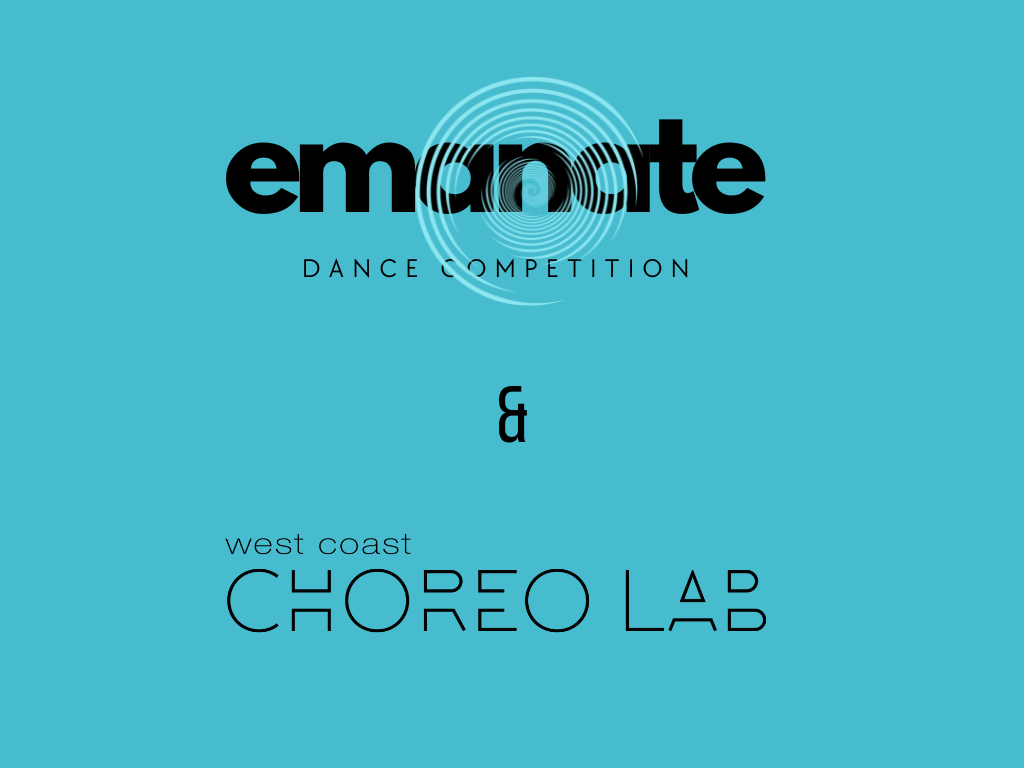Yoga?
/Some of you might be wondering why we do not offer yoga at Bez Dance - yes, this “exercise” form has taken North America by storm, but I thought I would just offer up a few bits of information for you to consider. Please don't hesitate to email me at hello@bezartshub.com, if you would like any further information about this material.
The word "yoga" is Sanskrit; it derives from a verbal root, yuj, meaning “to yoke or join or fasten or harness, as in horses to a chariot; to concentrate the mind in order to obtain union with the Universal Spirit; to be absorbed in meditation.” Its meaning in plain language is union or yoking with the god consciousness. "Namaste," frequently said at the end of yoga classes, means, "I bow to the god within you." The sound "om," that is often the mantra chanted in yoga classes, is intended to bring students into a trance so they can “join with the universal mind”.
As with many worship expressions, there is an emphasis in yoga on ways in which to best honour the gods. Yoga therefore has established postures that mimic the postures of illustrated and sculpted images of these gods. The “lotus position” for example imitates the posture of Vishnu; the “lord of kthe dance” pose is a re-creation of the pose of the dancing goddess Shiva; the “cobra pose” is dedicated to the serpent; the “fish pose” is also the incarnation of Vishnu; the “monkey pose is a recreation of Hanuman, the monkey god. The positions are also dedicated to various gods. “Sun salutations” are specifically for the purpose of worshipping Surya, the sun god; Marichyasana, or sage twist. is dedicated to Marichi, the son of the god Brahma; the warrior pose is dedicated to Shiva, the warrior goddess; and so on…
It has been declared by the yogi’s and Hindu leaders themselves, physical yoga disciples are integral to the faith and created for their worship value. Even the Hindu America Foundation (HAF) are up in arms that anyone would presume to disconnect Yoga from its Hindu roots, (regardless of efforts to create such concepts as "Chrisitan yoga" ). "While HAF affirms that one does not have to profess faith in Hinduism in order to practice Yoga or asana, it firmly holds that Yoga is an essential part of Hindu philosophy and the two cannot be delinked, despite efforts to do so." As Aseem Shukla, author of The Theft of Yoga (from the "Indian Realist") has said, "Hinduism, as a faith tradition, stands at this pass a victim of overt intellectual property theft, absence of trademark protections and the facile complicity of generations of Hindu yogis, gurus, swamis and others that offered up a religion’s spiritual wealth at the altar of crass commercialism… "
Prashant Iyengar, son of B.K.S Iyengar (the founder of the Hatha Yoga) declares, “There is no physical yoga and spiritual yoga. If it is exclusively physical, it won’t be yoga. Yoga is dealing with the entirety; it is a union.” Iyengar aptly describes, “Hatha yoga…[to be] commonly misunderstood and misrepresented as being simply a physical culture, divorced from spiritual goals…Asanas (yoga poses) are not just physical exercises: they have biochemical, psycho-physiological and psycho-spiritual effects.”
In short, for us at Bez Dance, we’d like to choose exercises that are not spiritually connected in this way. We have, rather, chosen to develop stretch and strength classes which use a collection of exercise vocabularies developed by our instructors and from other sources, such as Pilates, as an effective conditioning form - for exercise, flexibility and strengthening.

